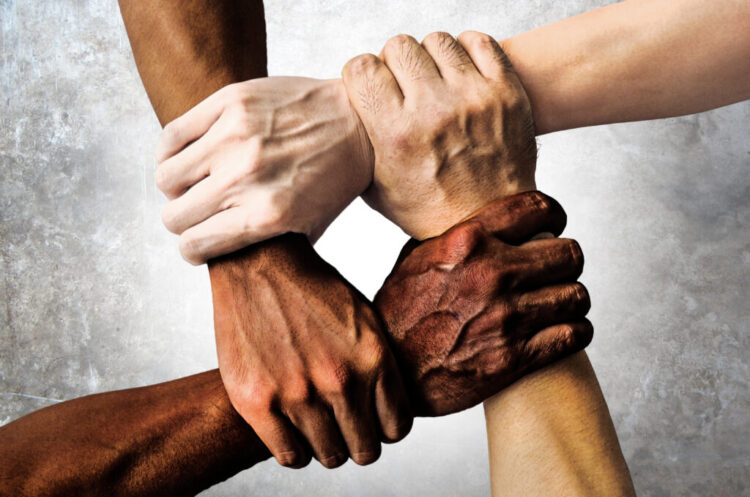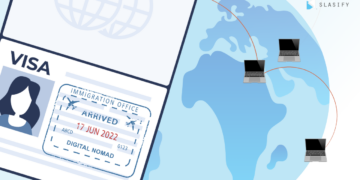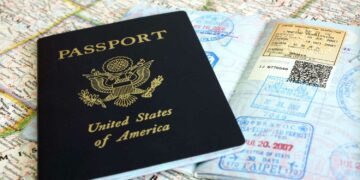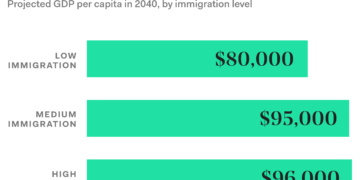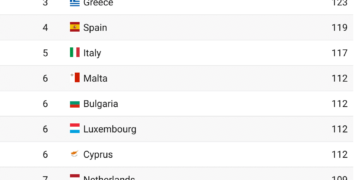[ad_1]
Native communities throughout the nation have lengthy skilled the constructive results of rising immigrant and refugee communities. Consequently, many native governments, chambers of commerce, and nonprofits have been pondering proactively about the way to create an setting that sends a message of inclusion and social cohesion, maximizes the contributions of all residents, and offers group members the instruments they should thrive collectively.
New People have pushed inhabitants progress, revitalizing neighborhoods throughout the nation, spurring innovation, and enriching communities with cultural range. Nonetheless, some native communities— like Gainesville and Miami-Dade County in Florida, and Lancaster County in Nebraska— face rising anti-immigrant rhetoric and coverage agendas from state legislators. Regardless of the uphill battle these and lots of different communities face from their states, mixed with stalled efforts to carry significant federal immigration reform, native leaders are driving the creation of communities that welcome all.
To assist and scale these pursuits, some initiatives just like the Gateways for Progress Problem (G4G) assist native leaders facilitate native immigrant integration and inclusion by matching grants and technical help to develop a multi-sector strategic plan. For the reason that inception of this system, greater than 70 communities throughout america—from Anchorage, Alaska to Austin, Minnesota, Fargo, North Dakota to San Antonio, Texas— have captured, celebrated, and invested within the many social and financial contributions of New People.
This spring, six G4G communities (Columbus, Ohio; Dodge Metropolis, Kansas; Gainesville, Florida; Lancaster, Nebraska; and the first-of-its-kind joint collaboration between native governments Minneapolis, Minnesota and Saint Paul, Minnesota) are launching their strategic plans, becoming a member of 21 different communities which have finished so via this system. Miami-Dade County in Florida, and Contra Costa County and San Mateo Counties in California will be a part of these 27 communities by the tip of 2022.
These communities started the mixing and inclusion course of on the finish of 2020, as cities throughout the nation continued to study to navigate the social and financial penalties of the COVID-19 pandemic and tackle bigger systemic disparities, whereas excited about methods to deal with the challenges and alternatives the immigrant communities face. After an in depth one-year community-based planning course of, these six communities launched their first-ever strategic immigrant integration welcoming plans, that includes suggestions of tangible subsequent steps to foster immigrant inclusion, from fueling financial growth to increasing equitable entry to schooling, civic engagement, and the economic system, and constructing belief to create secure communities for all.
The work doesn’t finish right here—in truth it is just the start. These communities will work to develop toolkits and useful resource guides for immigrants, develop financial growth alternatives for immigrants’ small companies, rent a coordinator to supervise the implementation of the plan, and construct language entry coaching and companies.
As these and lots of different native communities have demonstrated, localities are taking cost of welcoming immigrants—even within the face of anti-immigrant sentiments—in order that collectively america, a nation of immigrants, can thrive.
[ad_2]
Source link

